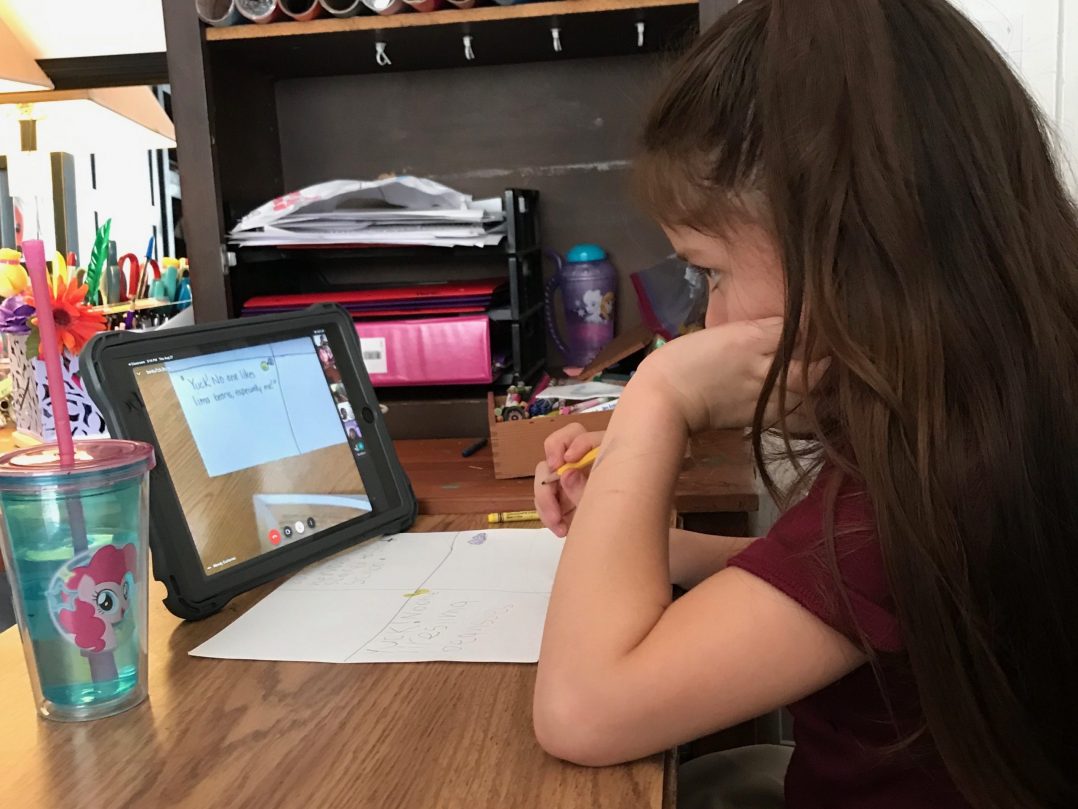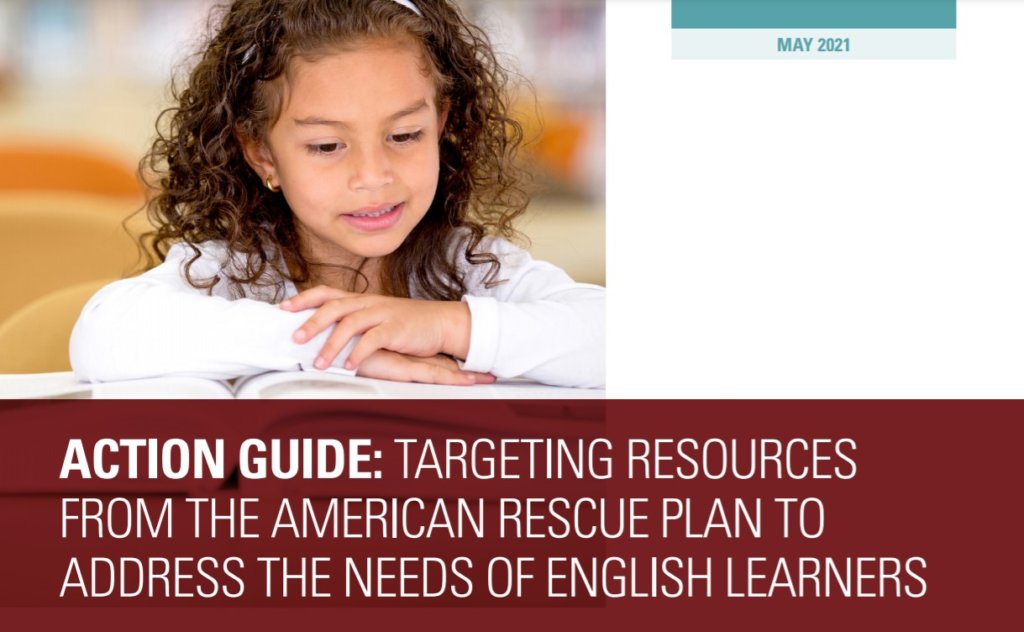Bridging the Divide:
The Impact of the Consolidated Appropriations Act of 2021

Author Kendall Evans is an UnidosUS Education Policy Analyst.
Over the past year, the COVID-19 pandemic has left educators struggling to adapt to remote learning and students contending with the digital divide, which has disproportionately affected those who are low-income and communities of color, as well as English learners (ELs) and students with disabilities. But now, after nine months of deliberating, Congress has finally enacted a new COVID-relief package that sets out to mitigate these inequities.
While the package offers a significant amount of funding for public schools and institutions of higher education (IHEs). UnidosUS is concerned it still falls short on support for ELs; other high-need students; and DACA, TPS, and undocumented students enrolled at IHEs. The $900 billion Consolidate Appropriations Act of 2021 follows last spring’s CARES Act, which provided K-12 public schools with $13.5 billion in dedicated aid and public and private IHE’s $14.2 billion. The new act furthers the efforts of CARES by earmarking $54.3 billion for K-13 through the Elementary and Secondary School Emergency Relief (ESSER) and public and private IHE’s will receive $21.7 billion through the Higher Education Emergency Relief Fund (HEER Fund). But ELs, long considered one of the most vulnerable student populations, have not received any targeted Title III funding, the federal funding stream designed to help ELs attain English language proficiently and meet state academic standards This exacerbates the fact that public schools across the county will need over $100 billion in additional funding to support students through the pandemic and address impacts caused by disrupted learning. Additionally, more than 67% (or $2.75 billion) of the GEER fund must go to private schools.
The Consolidated Appropriations Act of 2021 also fails DACA, TPS, and undocumented students enrolled in IHEs. Both the CARES Act and the new stimulus have not expressed clearly that DACA, TPS, and undocumented students have access to any emergency grant aid, despite their contributions to the economy, paying taxes, and paying tuition at IHEs.
State revenue estimates have led to state and city budget cuts which has generally resulted in large cuts to education. And though the K-12 public education system will receive up to $67.5 billion in targeted federal stabilization funding (between the CARES Act and this latest package), public schools need funding more than ever, particularly funding that is targeted for the most vulnerable student populations. The $5 million allocated to the Institute of Museum and Library Services (IMLS) attempts to aid with education funding by including the expansion of digital network access, the purchase of internet accessible devices, providing technical support services and operational expenses in its allowable uses. However, there is no obligation to use any of this money to help K-12 public schools.
Though the Consolidated Appropriations Act of 2021 was enacted last December, just weeks before Joe Biden assumed the presidency, the change in Administration and in Congress gives hope that there will be subsequent relief packages. While President Biden’s American Rescue Plan proposes $130 billion in direct aid to K-12 public schools to help them reopen an$135 billion for IHEs, due to negotiations, it is unclear how much funding will be included in the relief package. In the interim, Congress has managed to aid schools as they navigate reopening and remote learning. However, the Consolidated Appropriations Act of 2021 only acts as a down payment, but one that falls short of what we’re going to need to address the needs of high-need students, school reopening, and undocumented students enrolled at IHEs.



